“Plimhimmon”s original 600 acres were surveyed in 1659 as one of several grants bestowed by George Calvert, First Lord Baltimore. The name of the estate later built on this land is a derivation of the Welsh mountain “Pumlumon”. This mid-18th century house built in the Georgian style and modified by later additions was acquired by one of Talbot County’s illustrious sons, Mathew Tilghman, who gifted it to his daughter, Anna Maria, widow of Col. Tench Tilghman. As a history buff, I was fascinated to learn that Col. Tilghman had served in the Revolutionary War from the battles of Rhode Island to Yorktown. For Col. Tilghman’s loyal service as his aide-de-camp, General Washington selected him to travel to the Continental Congress to hand-deliver Cornwallis’ “Articles of Capitulation”. After Col. Tilghman’s death in 1786, Anna Maria continued to live in the house where she welcomed visitors, including Lafayette, during his 1824-25 tour of America. Today’s visitors walk up a short run of brick steps to a brick landing that connects to concrete steps that diminish in width to the front door. Graceful black iron handrails with flared ends follow the outline of the steps of the upper run.
The original two-story brick house with a one and half story wing rose from a low man-made hill at the head of Town Creek. The four-paneled front door with a transom above is recessed into the brick façade with paneled jambs and brackets to support the top molding. The symmetrical arrangement of the 9/9 windows on the main floor, 6/9 windows on the second floor, black shutters, single 6/6 dormer windows and the weathered brick with arched foundation openings is the beautiful centerpiece of the current telescoped composition’s side wings clad in lap siding on brick foundations.
The current owners have lovingly maintained historic features and details such as the entrance hall with an “L” shaped stair with a walnut balustrade and turned newel posts and the wide recessed arched opening in the side wall that is exquisitely detailed with fluted pilasters, paneled soffit and wall surrounds broken by moldings to accentuate the cornerstone and spring line. The five fireplaces, the warmth of the wood floors and the owners exquisitely appointed interiors evoke an earlier era of gracious living, coupled with careful updating the house with modern day conveniences such as geothermal heating and an elevator.
The entrance hall’s recessed wall opening has a vista to the dining room’s fireplace beyond service areas of a second stair, elevator, closet and powder room. The deep gold walls, large Oriental rug, art and antique furnishings of the dining room create a serene setting for family gatherings. The rear wall has a door to a hall leading to the kitchen through the butler’s pantry for ease of serving. The butler pantry includes an expanse of open shelving, bar sink, wine cooler and extra dishwasher and the light olive and gray limestone floor continues into the spacious kitchen. I loved this room’s color palette of the light olive green trim and cabinetry, “L” shaped arrangement with the island centered on the fireplace with a brick surround and hearth, butcher block countertops and stainless steel appliances. The window seat at one corner creates a delightful spot for breakfast with the table and two chairs. Steps lead down to the mud room which I greatly envied with the same limestone floors, light olive cabinetry and window seats under the two windows. The double sink cabinet, walls of tall cupboards and exterior French door can accommodate the boating or hunting enthusiast for clean-up after a day on the water or in the woods.
The living room next to the entrance hall spans the depth of the house and is part of the original construction. The windows at the front and rear offer views of the landscape and the sofas and ottoman perpendicular to the fireplace beckons one to relax by the fire. Off the living room at the front of the house is a cozy study with front and side windows lined with deep apricot walls accented by white built-in millwork for books and the TV. Behind the living room is another space furnished with two tables for casual dining or the perfect spot for this lover of puzzles and Scrabble. An exterior French door leads to the terrace at grade and a wide full height wall opening frames the sunroom’s wrap-around walls of full height windows.
How can one resist a sunroom? This one is certainly irresistible with bays of windows separated by pilasters that support a continuous trim band above the window walls. The white wood slat ceiling, pale gray wood flooring and rattan furnishings with cushions of white leaves on a green background would be the ideal spot to curl up with a good book.
Four bedrooms and three baths are located on the second floor. The original part of the house contains two of the bedrooms that are “bookends” over the living room and each have corner fireplaces. Opposite the stair landing is the hall bath. Above the dining room wing is another hall for access to the elevator and the master suite. The bedroom’s dormer windows on the front and rear walls, window seats and knee walls create charming interior architecture and the restful yellow and blue interior design scheme completes this restful master retreat. The fourth bedroom has its own bath and stairs to the kitchen below.
Other lucky guests would be accommodated on the third floor’s two bedrooms and bath. Both bedrooms have two dormer windows for views of the landscape and water beyond. The truly lucky guests are the ones who could claim the two-story guest house on a point of Town Creek with its own driveway and unobstructed views of the water on two sides of its site. I would be tempted to extend my stay indefinitely as this spacious house is sized and equipped for a full time-residence. Other buildings include a four-bay garage and workshop with an open plan office-dining area above and the historic brick smokehouse.
What an opportunity to own a distinctive part of Talbot County’s history with this house that the author Christopher Weeks in his book “Where Land and Water Intertwine” includes in his list of the eight “Georgian masterpieces” of the 18th century in Talbot County. Architectural history buffs would also appreciate country living in the 200 acres of statement trees, woods, native landscaping, farm fields, abundant wildlife and waterfowl including the splendid sight of migrating Canada geese. Natural shorelines along Town Creek protect shorebirds and ducks; buffers along the shoreline and restored wetlands are a haven for many species of game-located off the sought after Oxford corridor-simply stunning!
For more information about this property, contact Benson and Mangold Real Estate agents Coard Benson at 410-770-9255 (o), 410-310-4909 (c), [email protected], or Alicia Dulin at 410-770-9255 (o), 410-200-6378 (c) or [email protected]. For more photographs and pricing, visit www.bensondulingroup.com, “Equal Housing Opportunity”.
Spy House of the Week is an ongoing series that selects a different home each week. The Spy’s Habitat editor Jennifer Martella makes these selections based exclusively on her experience as a architect.
Jennifer Martella has pursued her dual careers in architecture and real estate since she moved to the Eastern Shore in 2004. Her award winning work has ranged from revitalization projects to a collaboration with the Maya Lin Studio for the Children’s Defense Fund’s corporate retreat in her home state of Tennessee.
Please support the Spy’s House of the Week project by making a donation here.
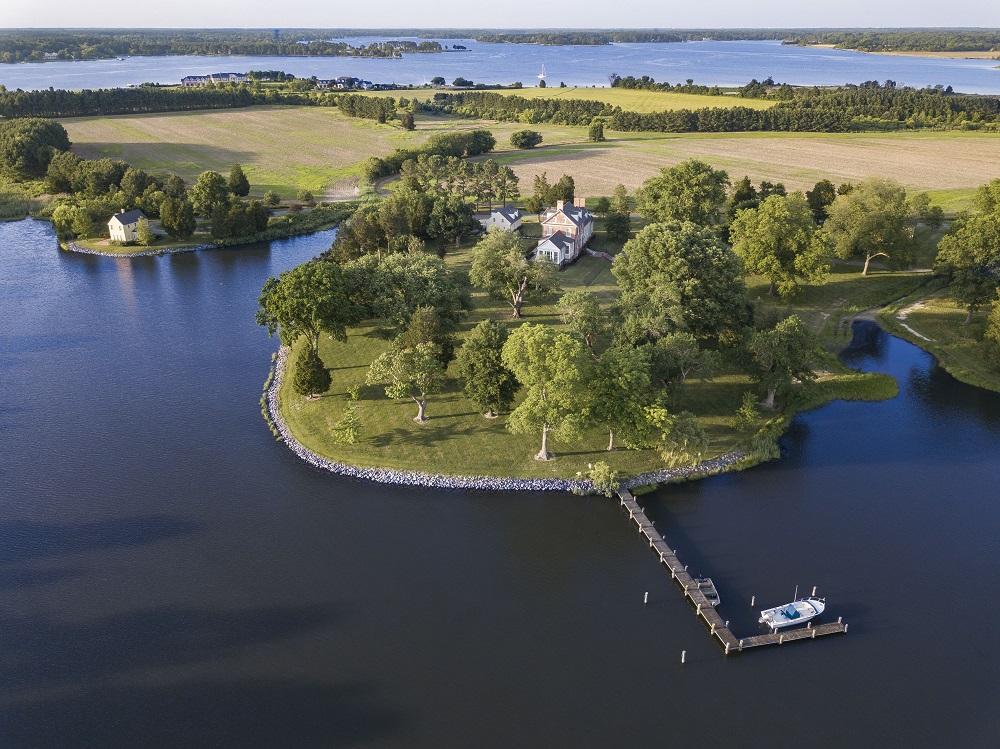




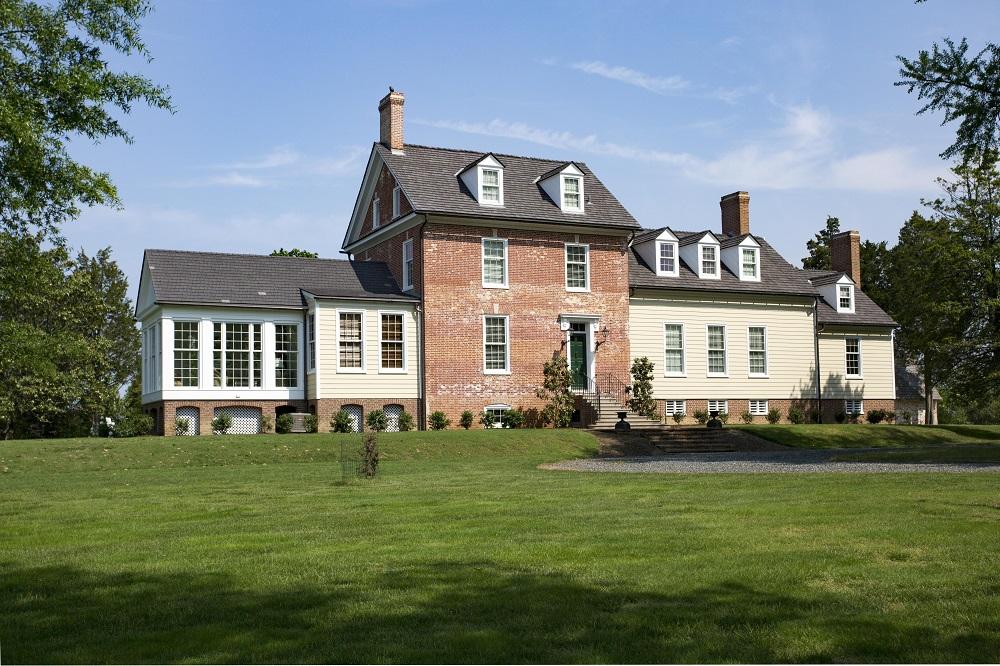
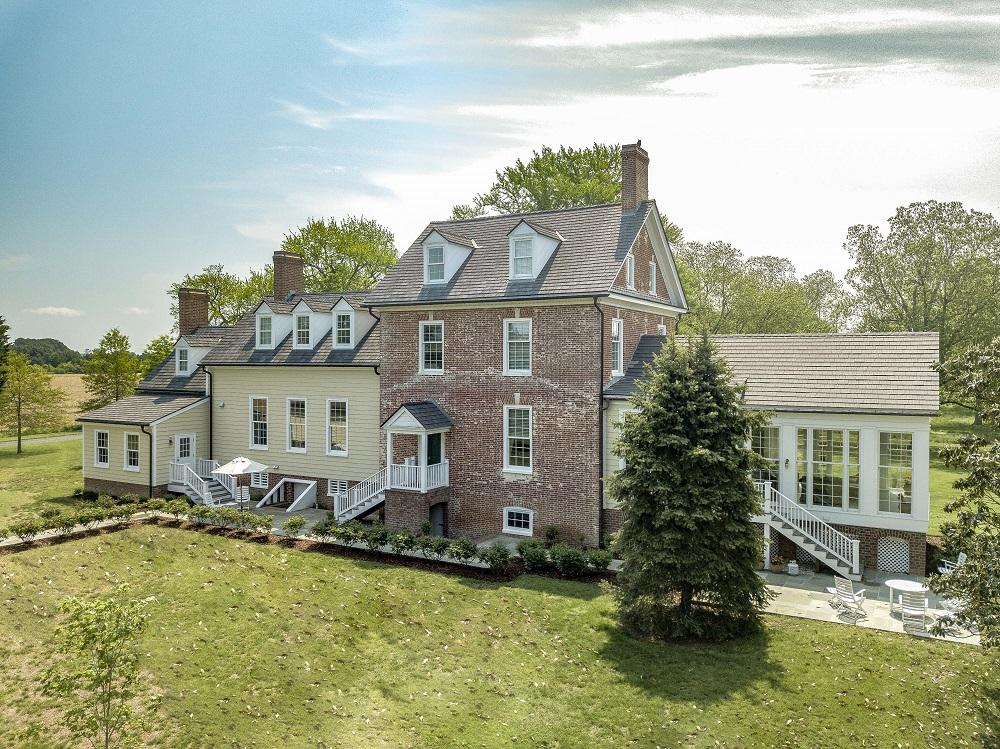
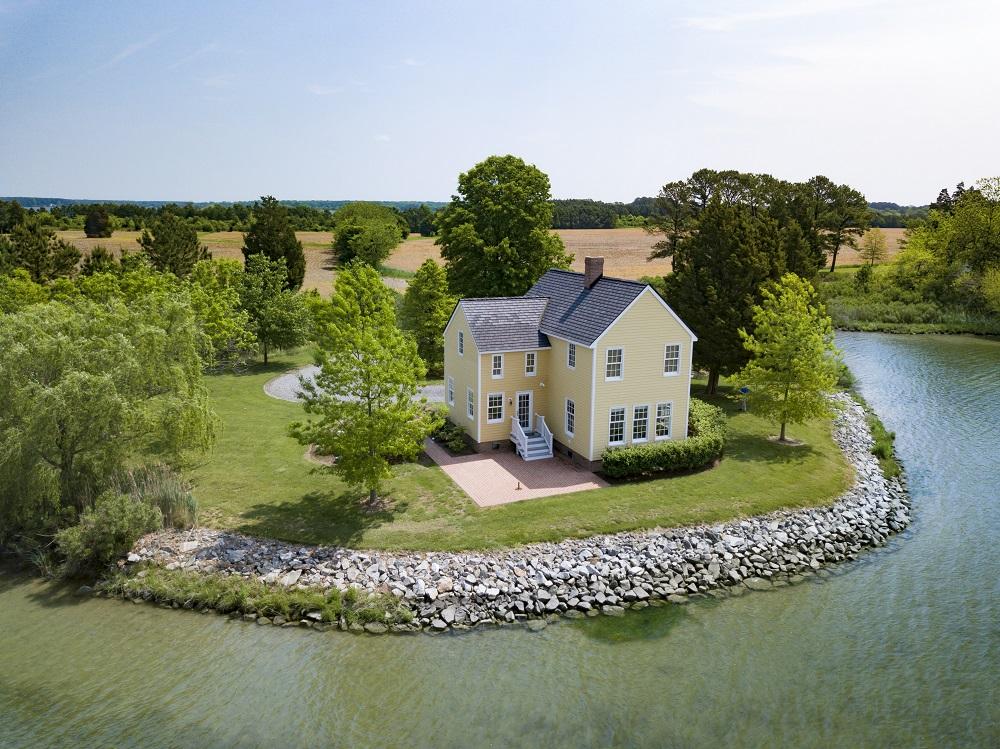
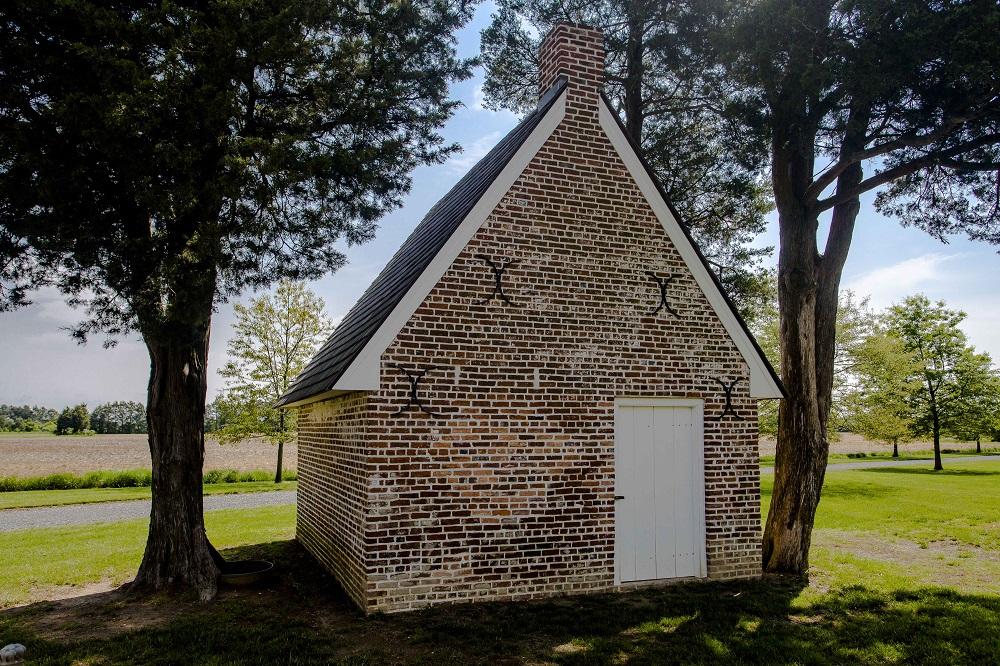
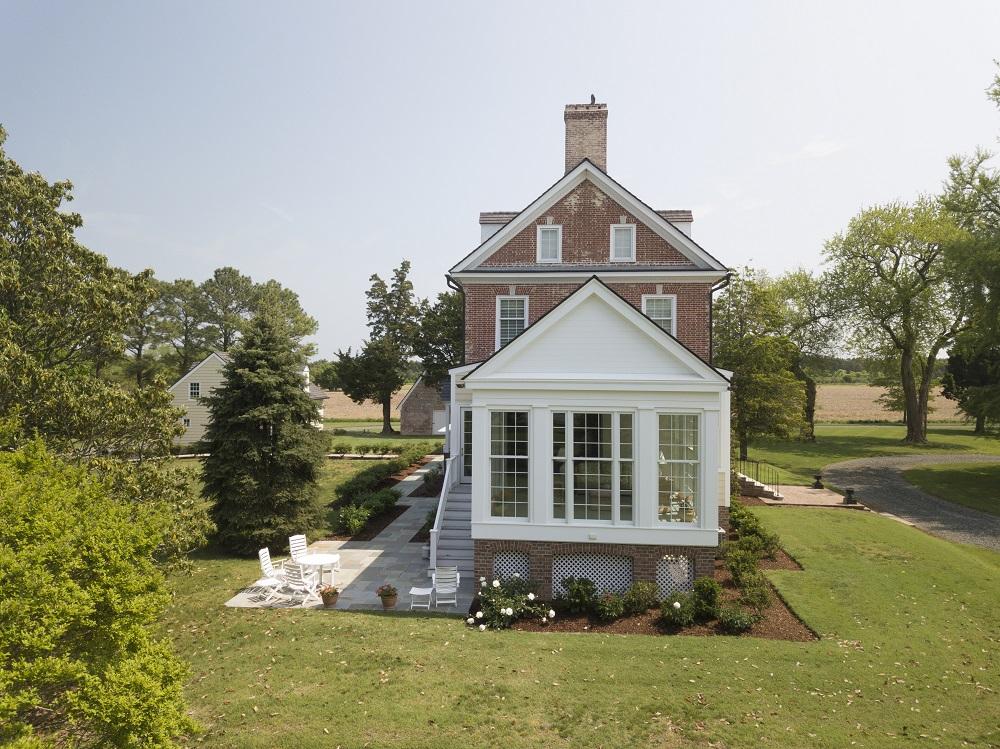
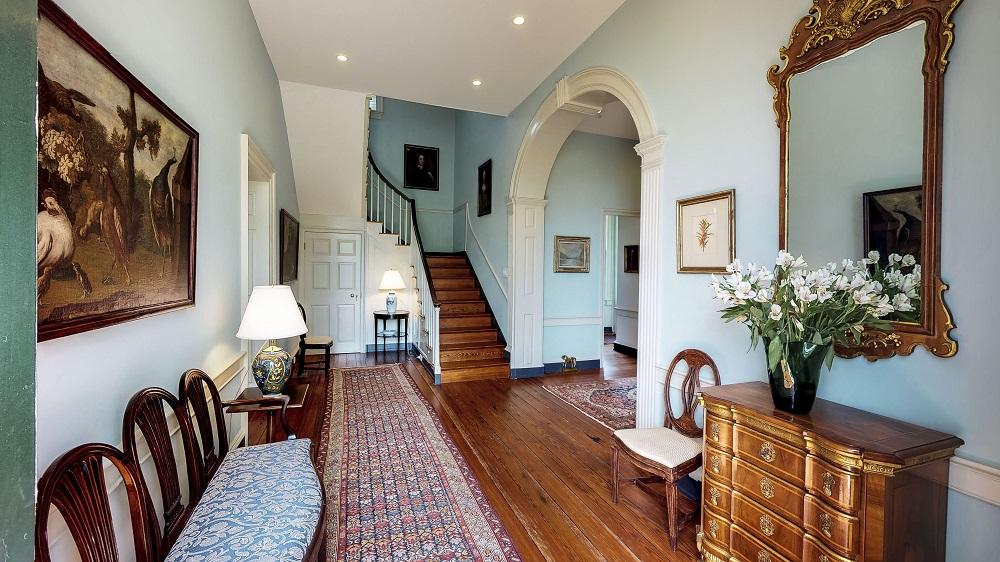
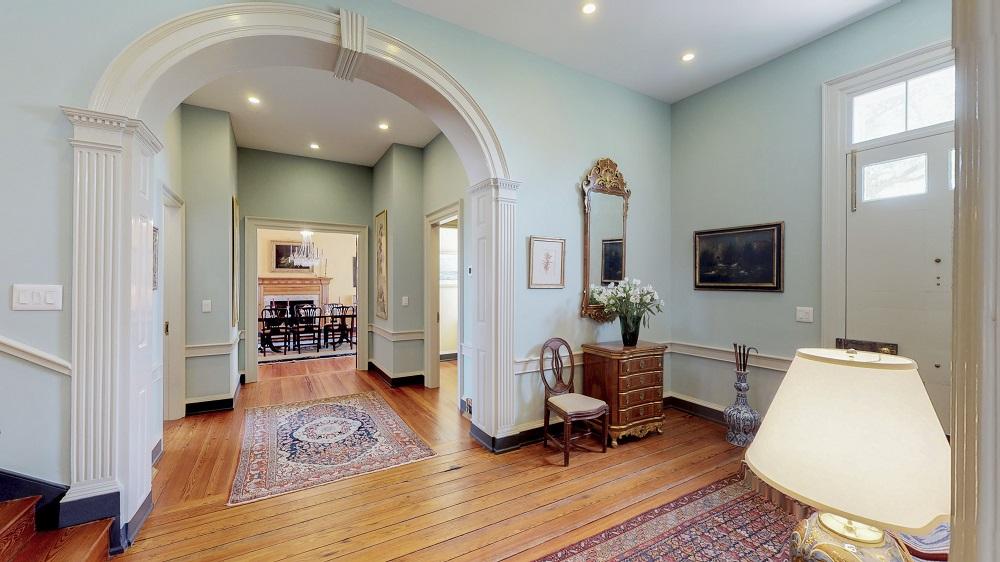
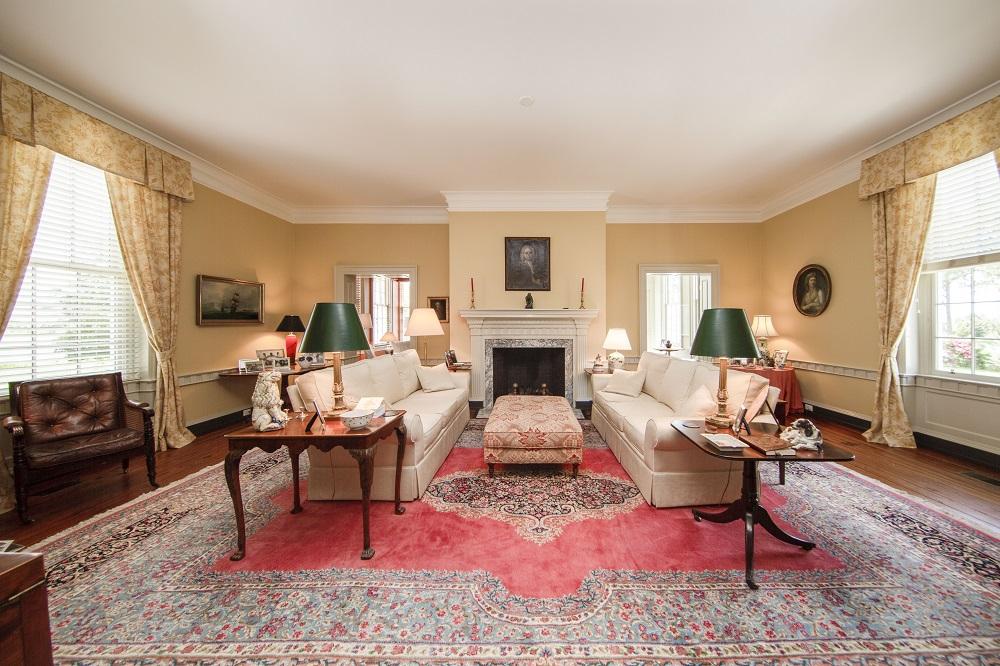
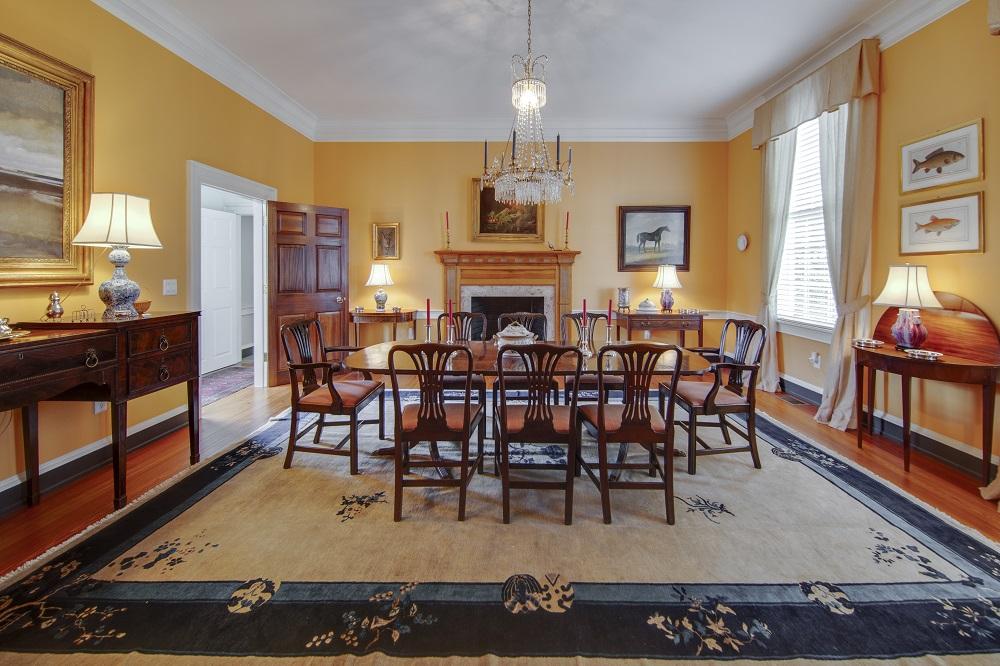
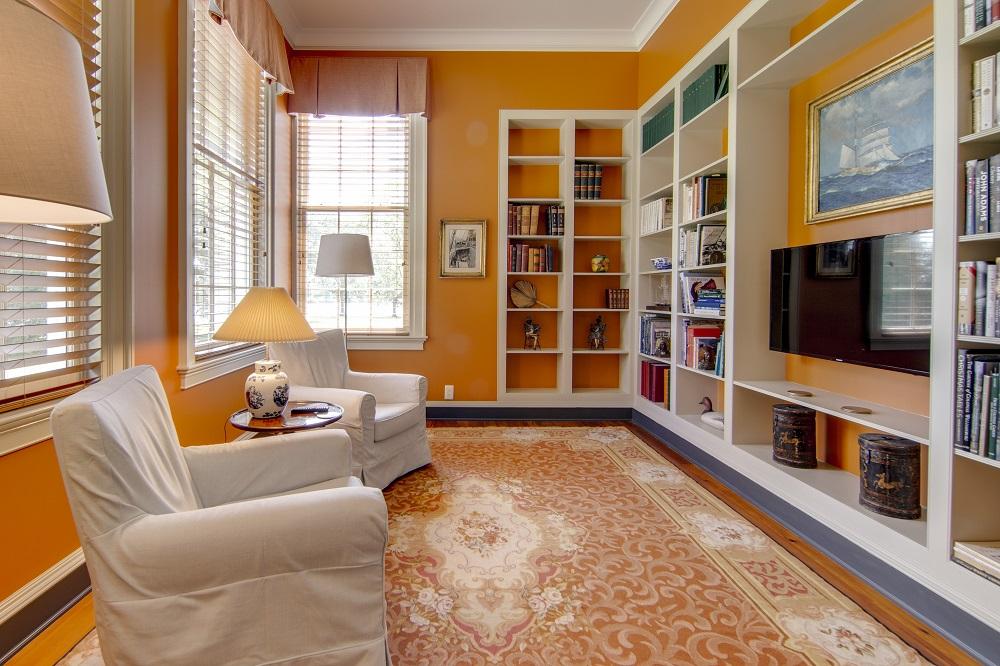
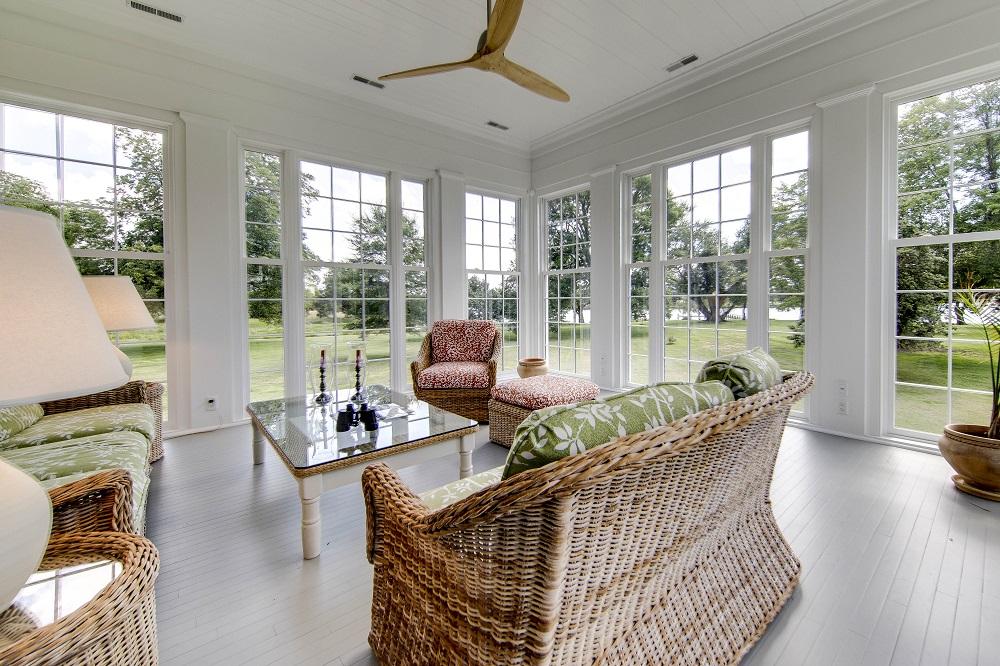
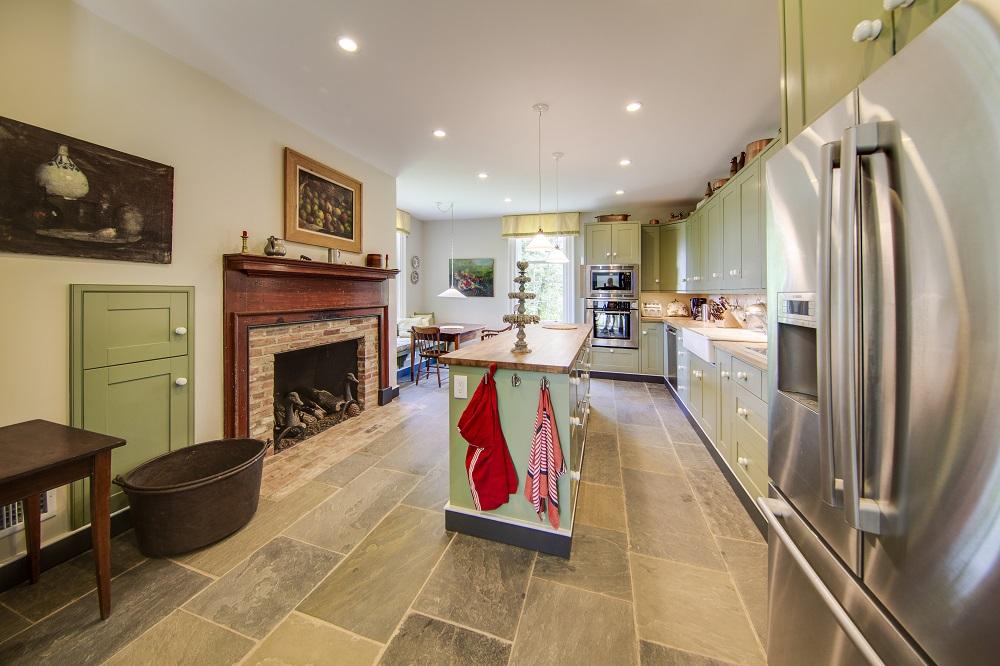
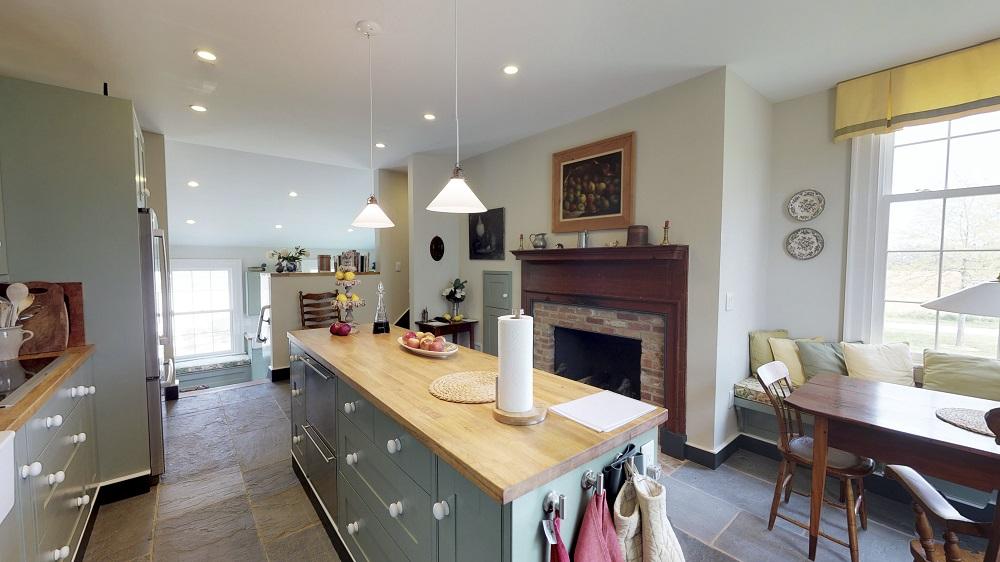
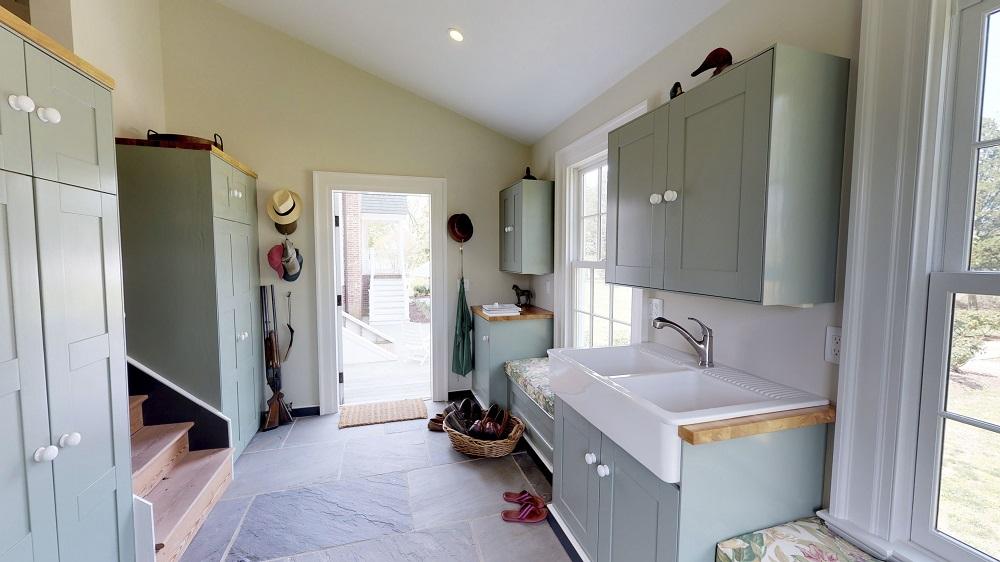
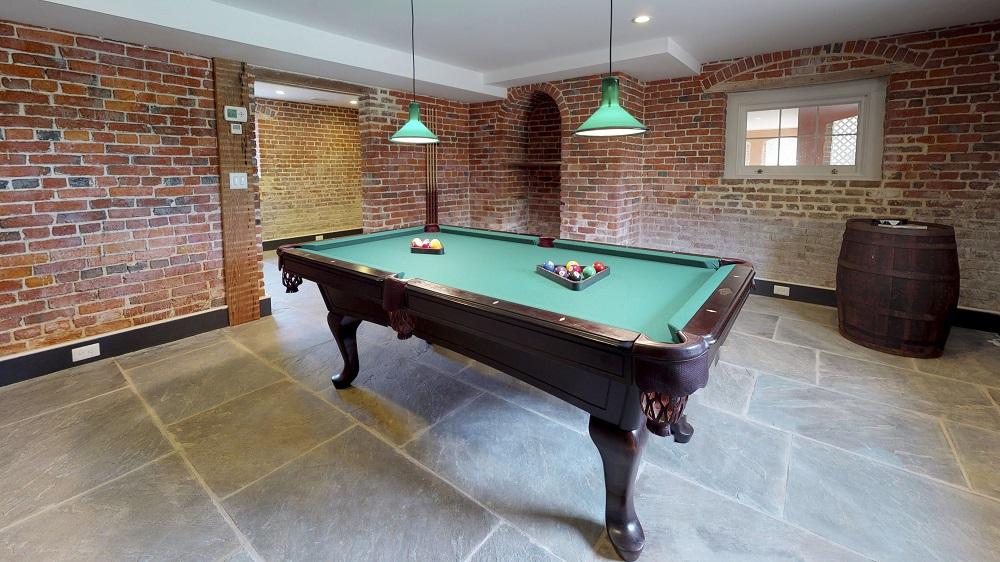
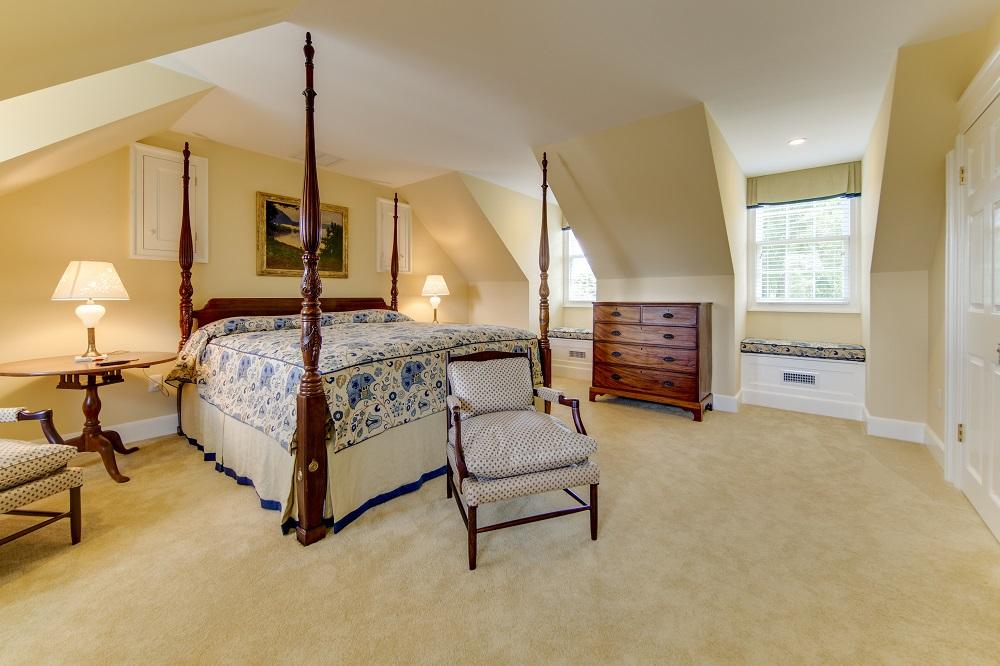
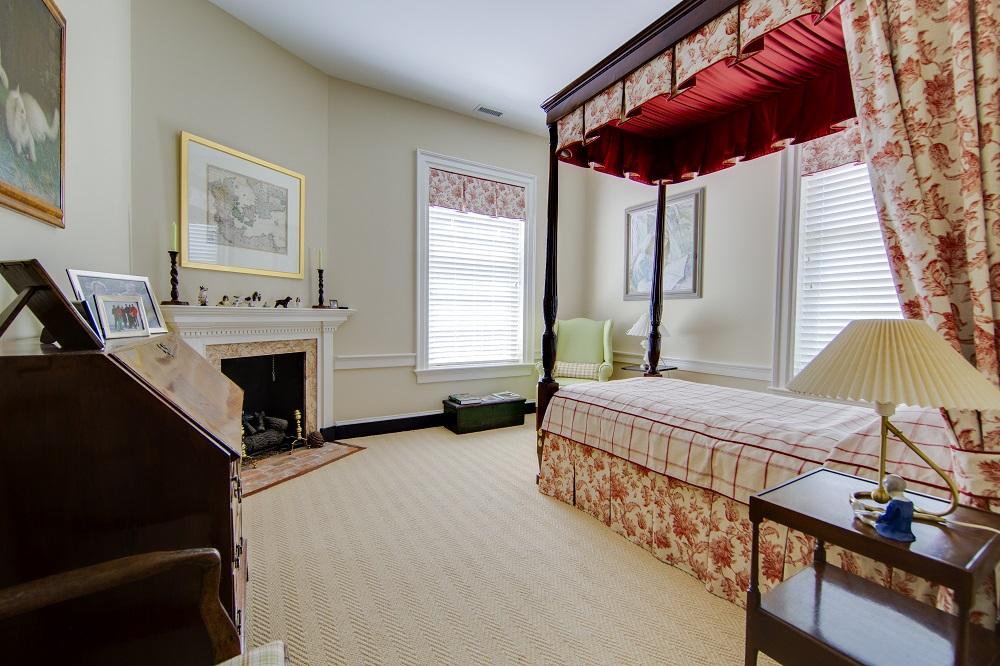
Write a Letter to the Editor on this Article
We encourage readers to offer their point of view on this article by submitting the following form. Editing is sometimes necessary and is done at the discretion of the editorial staff.